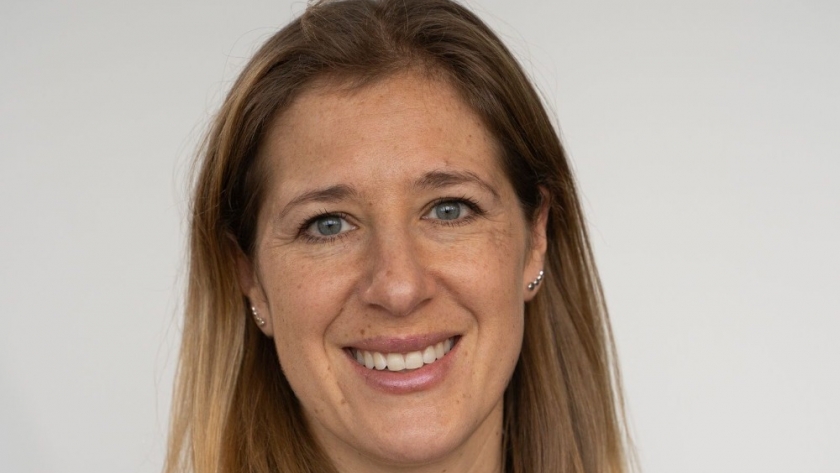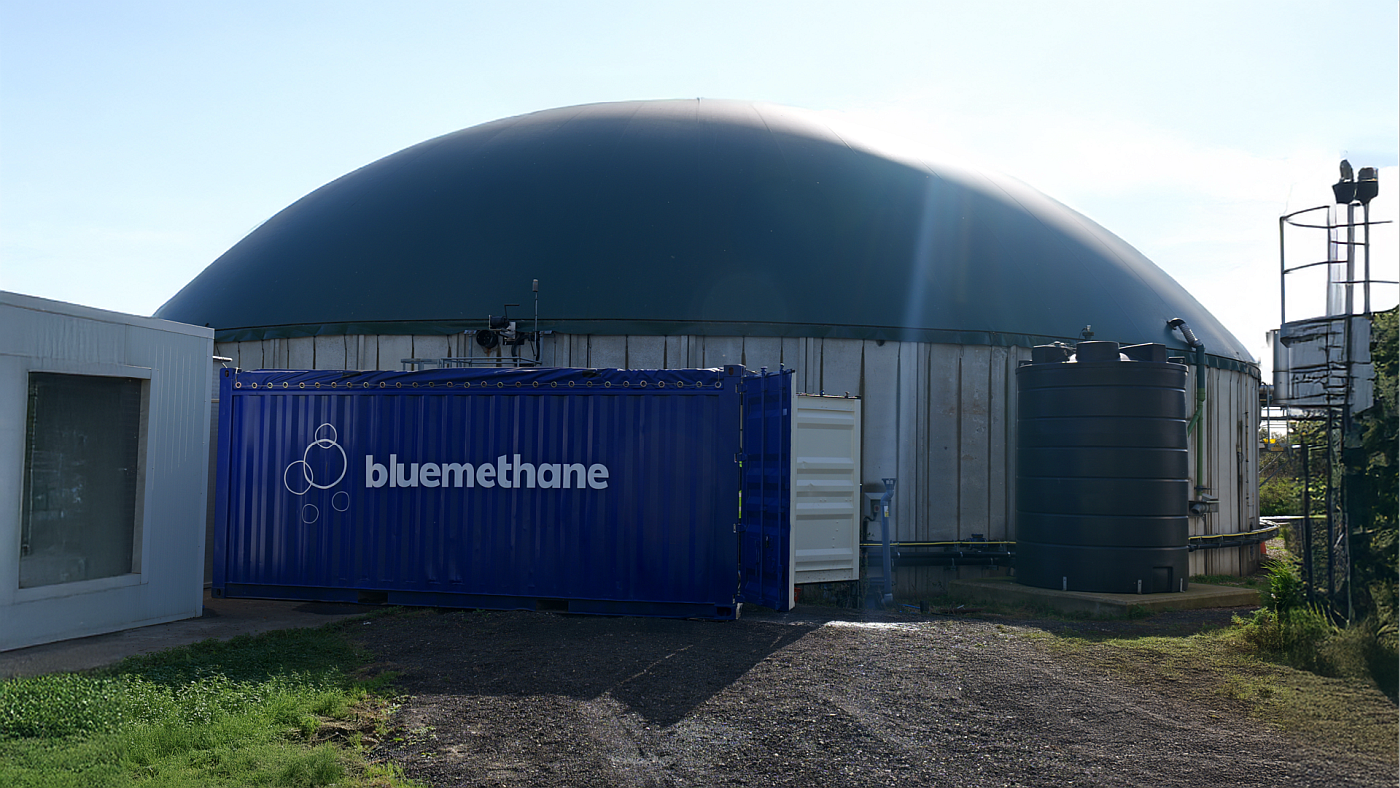
By Agroempresario.com
In a significant leap for methane abatement innovation, UK-based climate tech startup Bluemethane has installed its first production-scale methane-capture unit at a biogas facility on the Isle of Wight, in partnership with ReGenEarth. The new system targets a previously overlooked source of emissions: dissolved methane in post-digestion sludge, also known as digestate.
Methane, a potent greenhouse gas, often escapes unnoticed from wastewater and biogas processes. While anaerobic digesters effectively turn organic matter into biogas—a mix of methane and carbon dioxide—a substantial amount of methane remains trapped in the liquid digestate. Bluemethane’s solution is the first commercial system designed to extract this hidden methane from liquid waste at scale.
“This is a game-changer,” says Louise Parlons Bentata, cofounder and CEO of Bluemethane. “We're capturing methane that would otherwise go straight into the atmosphere and turning it into usable biogas instead.”
Bluemethane’s methane-capture unit fits inside a 20-foot container and uses a process inspired by basic physics. “It’s like opening a shaken bottle of sparkling water,” explains Parlons Bentata. “When you reduce the pressure and introduce turbulence, dissolved gases come out of solution faster. That’s what we’re doing with methane in digestate.”
The system processes liquid containing dissolved methane and separates it into a gas stream that includes both methane and CO₂. Multiple passes through the system can extract even more methane if microbial activity continues to generate it post-digestion.
The return on investment (ROI) for biogas operators is threefold, says Parlons Bentata. First, the recovered methane boosts total biogas output, increasing potential energy production and revenue. Second, plants can achieve the same energy yield with less feedstock, improving operational efficiency. And third, the technology enables facilities to earn carbon avoidance credits for capturing emissions that would otherwise be released into the atmosphere.
While carbon credits can be controversial, Bluemethane is taking a measured approach. “We are not building a business model around the carbon market,” says Parlons Bentata. “We want traceability and integrity. The captured methane is measured, documented, and burned within days. But our core model is built on real value creation, not just credits.”

Beyond biogas facilities, Bluemethane’s technology is now being piloted by Anglian Water, one of the UK’s largest water service providers. At wastewater treatment plants, anaerobic digestion also leaves behind methane-rich effluent. In this use case, Bluemethane’s system supports regulatory compliance, specifically under the UK’s version of the EU Industrial Emissions Directive.
“These plants must reduce methane emissions to extremely low levels,” says Parlons Bentata. “Our system provides a cost-effective, compliant solution that can be deployed quickly and doesn’t require overhauling existing infrastructure.”
Bluemethane’s business model is evolving around three key revenue streams: installations at anaerobic digestion and water treatment sites, paid methane measurement services, and future applications in methanogen deactivation—an emerging method to prevent downstream scope 3 emissions.
“Our installations are gaining traction,” says Parlons Bentata. “We’re also working with Scottish Water, United Utilities, and Cranfield University to develop the world’s first methane measurement system for liquid waste, supported by a DEFRA grant.”
Early testing shows promising results. Accurate methane measurement will be essential for optimizing Bluemethane’s capture units and for transparent emissions reporting.
As for methanogen deactivation, Bluemethane is collaborating with four UK water utilities to prevent microbes from continuing methane production after digestion. “We can help utilities unlock additional value by eliminating methane at the source,” she adds.
Methane capture from liquid waste is such a new field that some investors struggle to classify Bluemethane’s work. “We don’t fit neatly into any box,” says Parlons Bentata. “But that also means this market is wide open—and we’re leading it.”
For water utilities, Bluemethane offers one of the most affordable and scalable tools for hitting emission-reduction targets. For dairy farmers and food producers with on-site anaerobic digesters, Bluemethane could become a key partner in decarbonizing agricultural supply chains through “insetting”—reducing emissions within the value chain itself.
“It’s not just about technology,” says Parlons Bentata. “It’s about redefining value from what was once considered waste. We’re helping industries rethink their emissions and capture new value in the process.”
The deployment on the Isle of Wight marks just the beginning for Bluemethane. As more companies face pressure to reduce methane emissions—especially in the wastewater, agriculture, and energy sectors—Bluemethane’s modular, compact, and efficient solution offers a path forward.
“This is about doing something practical and measurable,” says Parlons Bentata. “We want to provide tools that not only reduce emissions but also make economic sense. Methane is too valuable—and too dangerous—to let escape.”
With growing attention on methane’s climate impact, the company’s technology is attracting serious interest from governments, water authorities, and agribusinesses alike. And with the potential to be deployed anywhere liquid waste is produced, Bluemethane may soon be capturing value—and slashing emissions—across the globe.
